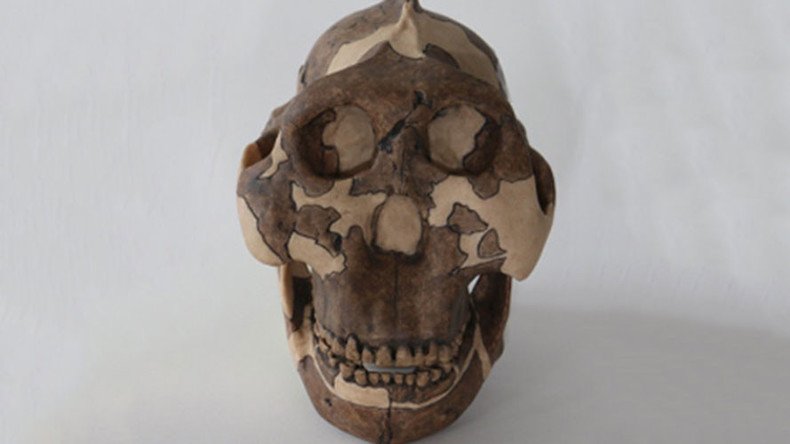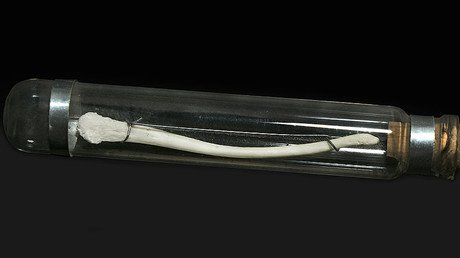‘Now we know who to blame’: Scientists say they’ve identified early human who gave us herpes

Scientists believe they have identified the early human who gave us genital herpes when the virus jumped species.
Nowadays the herpes simplex virus manifests itself in two ways, as cold sores (HSV1) and as genital herpes (HSV2), according to the scientists.
When the lineage of early humans split from chimpanzees millions of years ago our ancestors genetically inherited the cold sore virus but, at least initially, we nearly missed out on the genital herpes scourge.
However between three and 1.4 million years ago, HSV2 jumped back into one of our ancestors, and a team of scientists believe they may have identified the culprit: an early human called Parathropus boisei.
The human-like species that walked on two legs and had a smallish brain and dish-like face, probably contracted the virus after one of the species ate infected meat of an early chimpanzee.
In a study published in the journal Virus Evolution, the researchers suggest the virus then passed onto humans when homo erectus hunted P boisei for food, or possibly through intercourse.
“Herpes infect everything from humans to coral, with each species having its own specific set of viruses,”said senior author Dr Charlotte Houldcroft, a virologist from Cambridge's Department of Archaeology.
“For these viruses to jump species barriers they need a lucky genetic mutation combined with significant fluid exchange. In the case of early hominins, this means through consumption or intercourse – or possibly both.”
Genital herpes: now we know who to blame... https://t.co/59Gaetwrk7
— Cambridge University (@Cambridge_Uni) October 2, 2017
The researchers studied fossil records and viral genetics to figure out that P boisei was the species in the right place at the right time to both contract HSV2 from ancestral chimpanzees and transmit it to our earliest ancestors.
"Once HSV2 gains entry to a species it stays, easily transferred from mother to baby, as well as through blood, saliva and sex,” Houldcroft. added.
"HSV2 is ideally suited to low density populations. The genital herpes virus would have crept across Africa the way it creeps down nerve endings in our sex organs - slowly but surely.”
The researchers say their methodology could be used to unravel the transmission mysteries of other ancient diseases.













